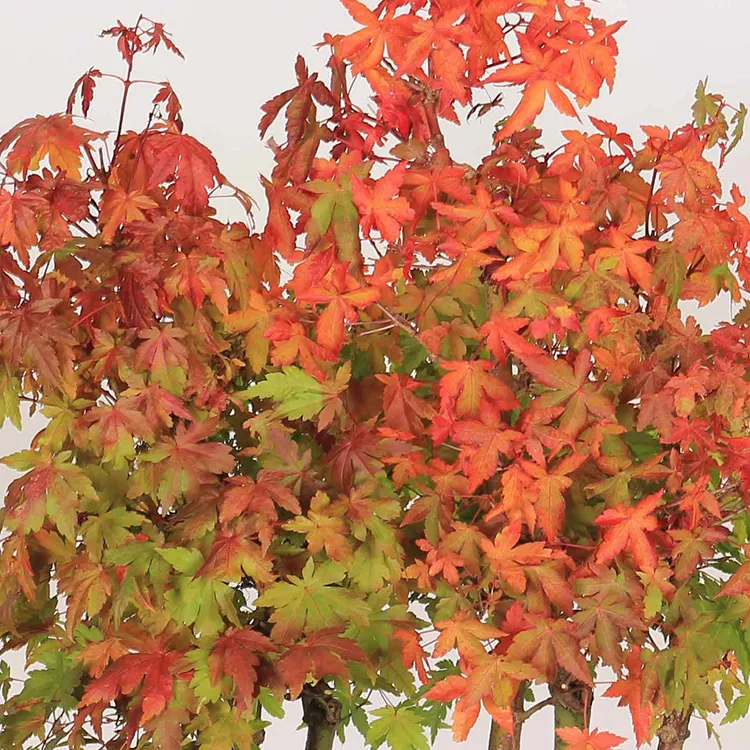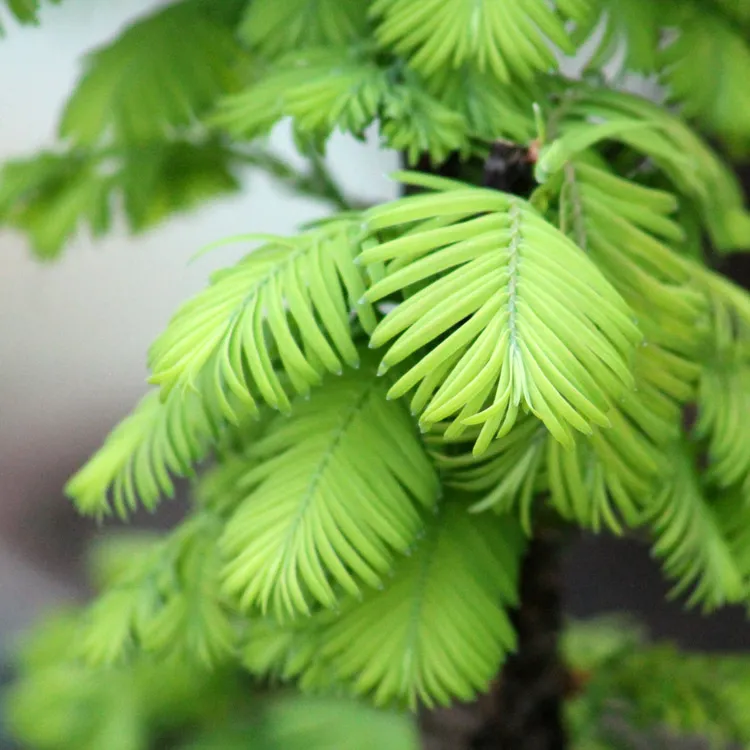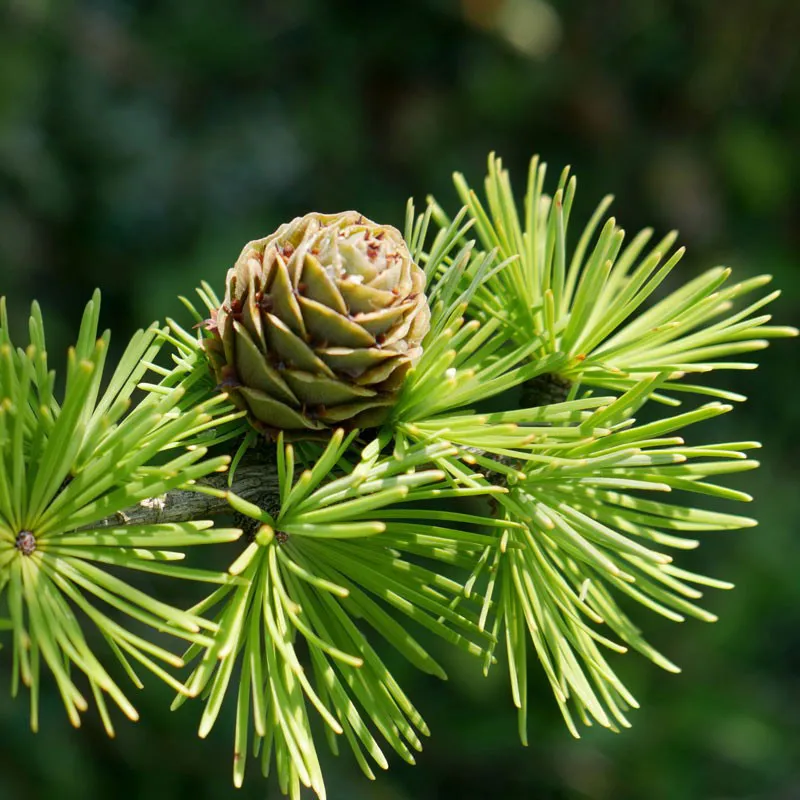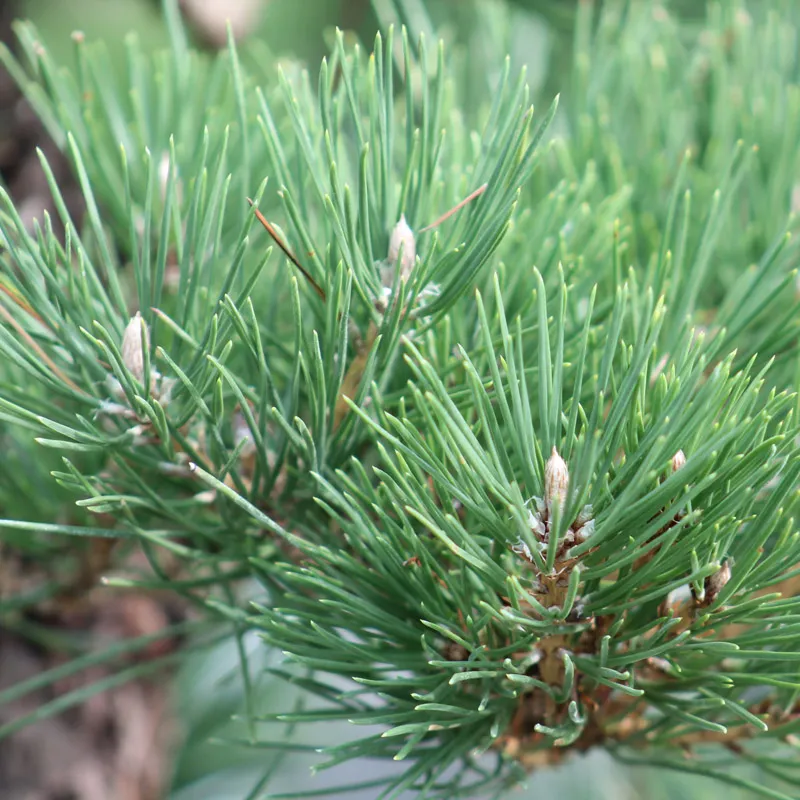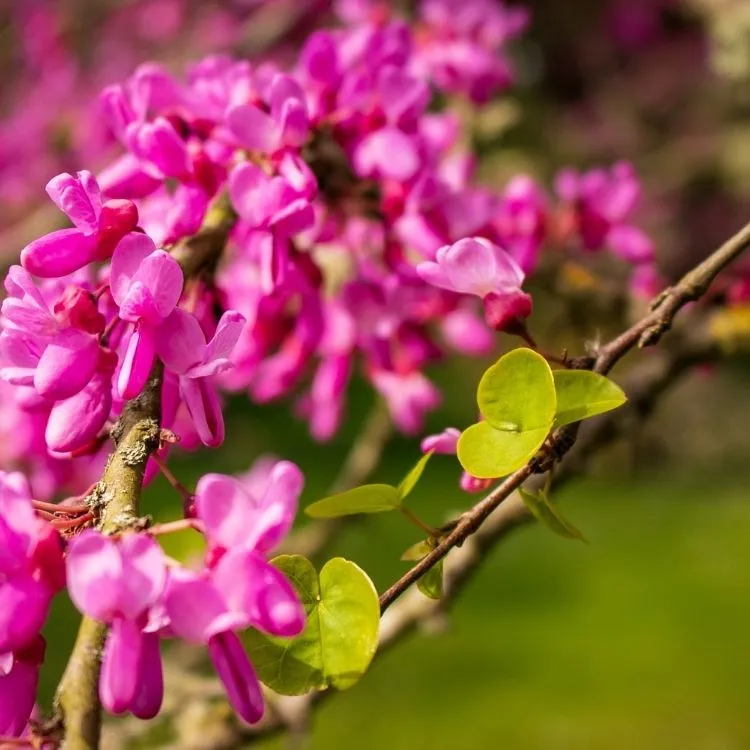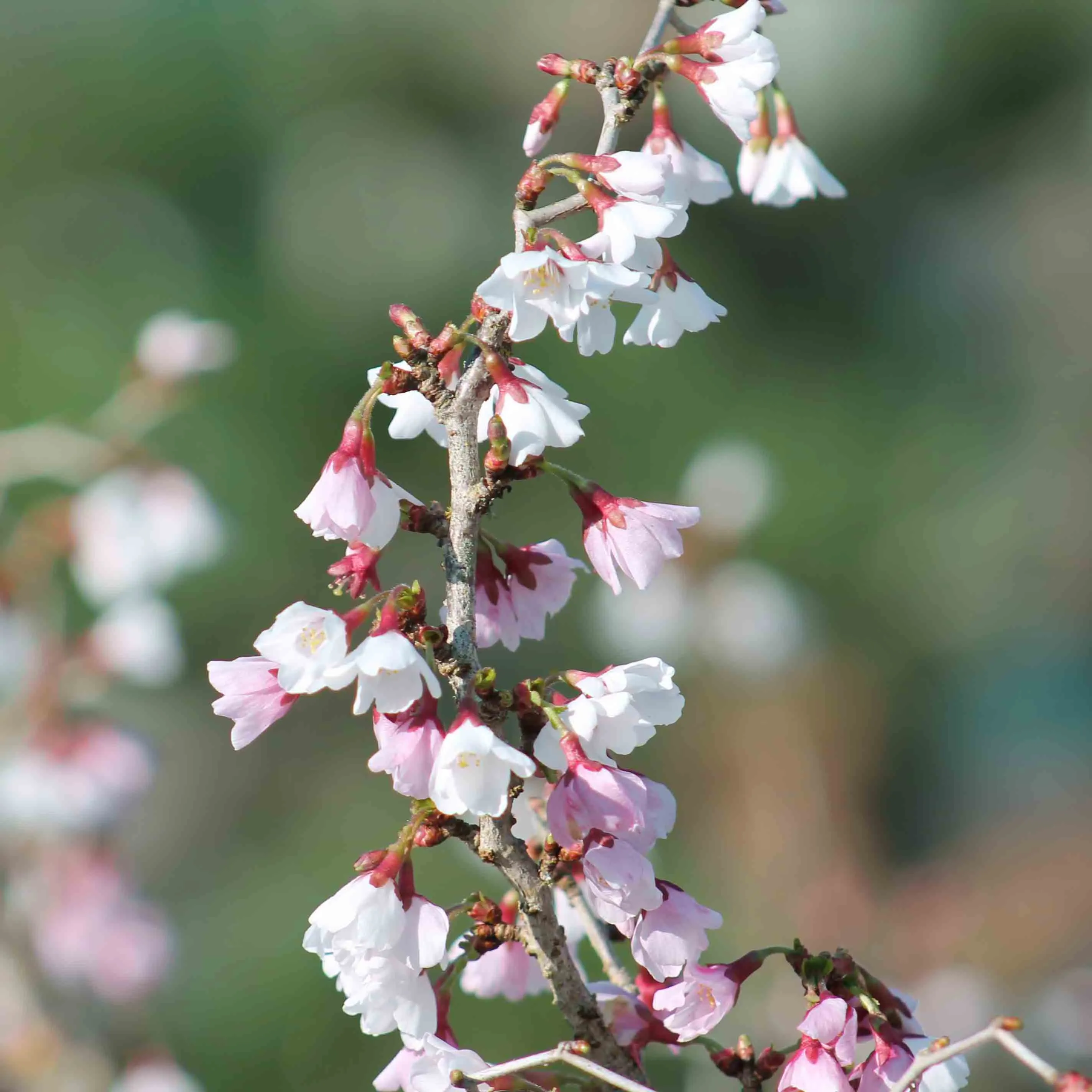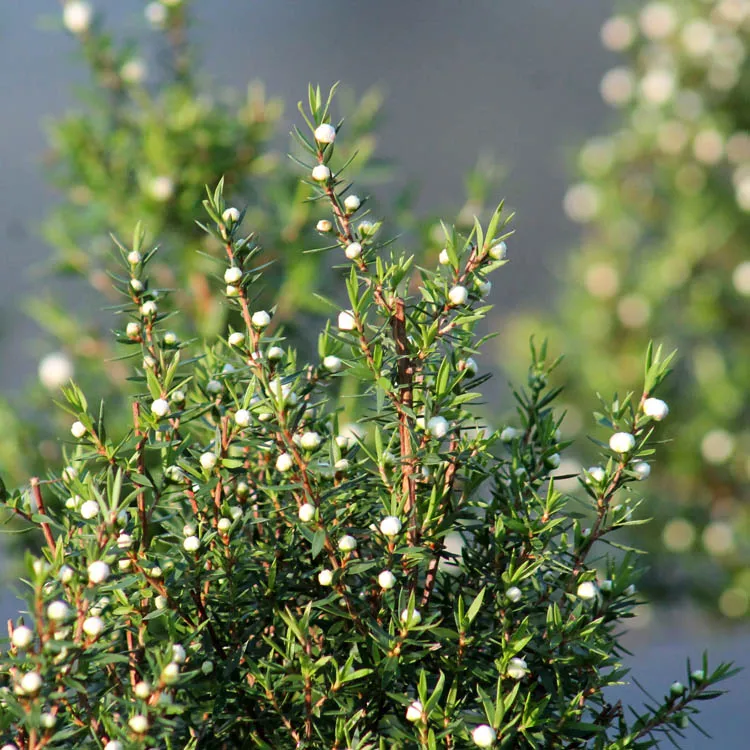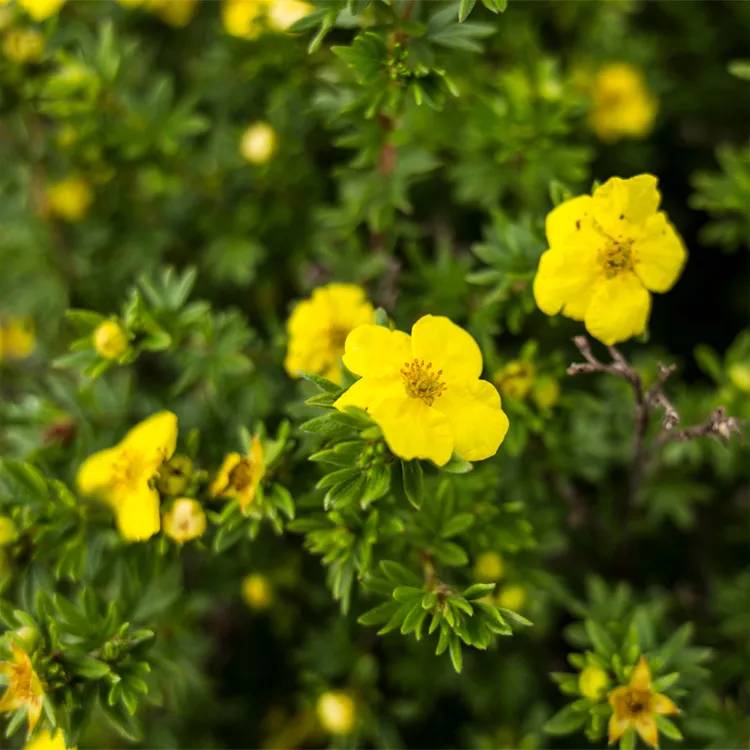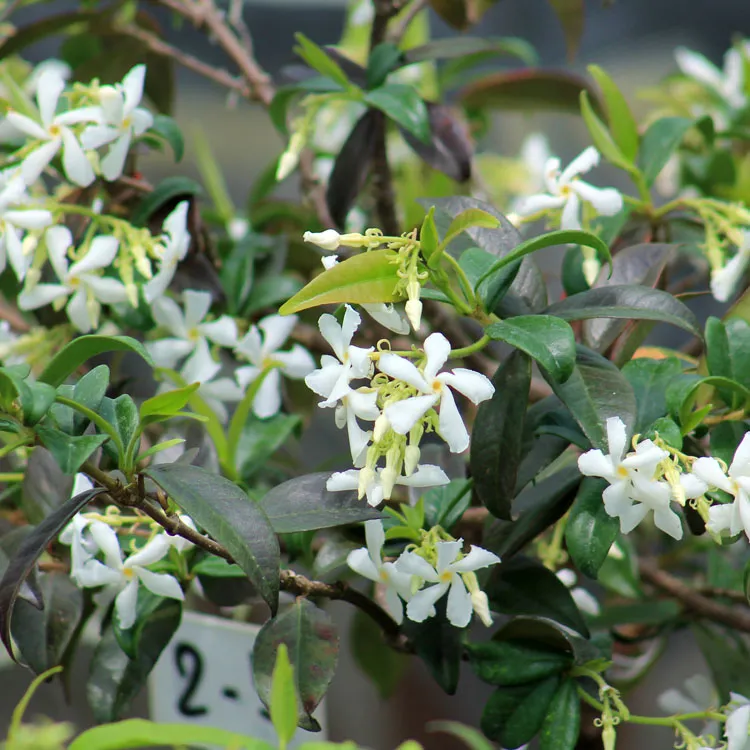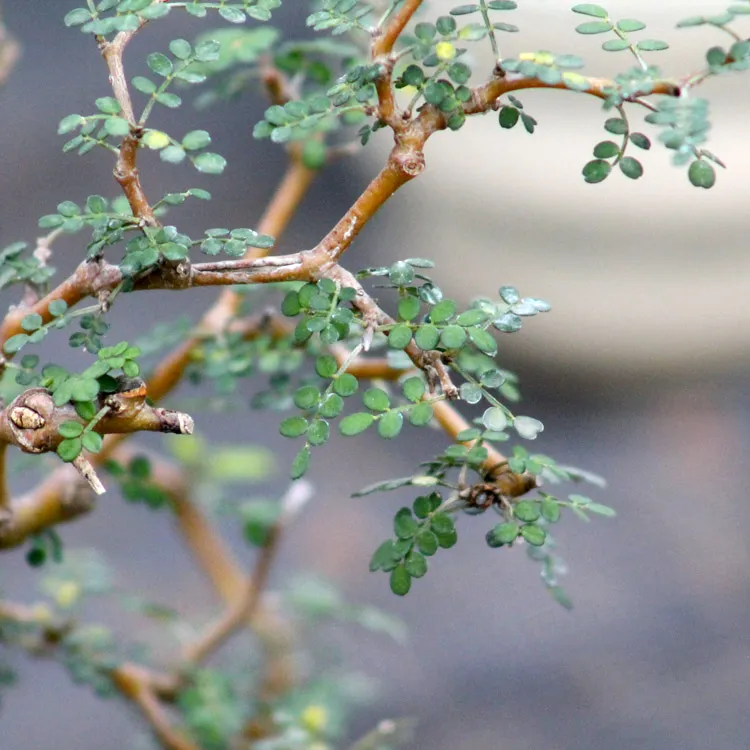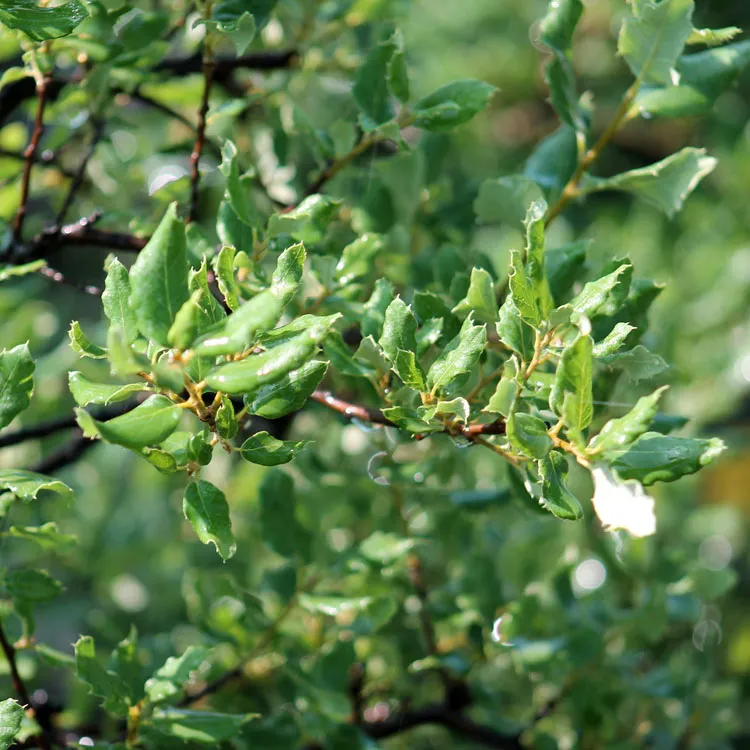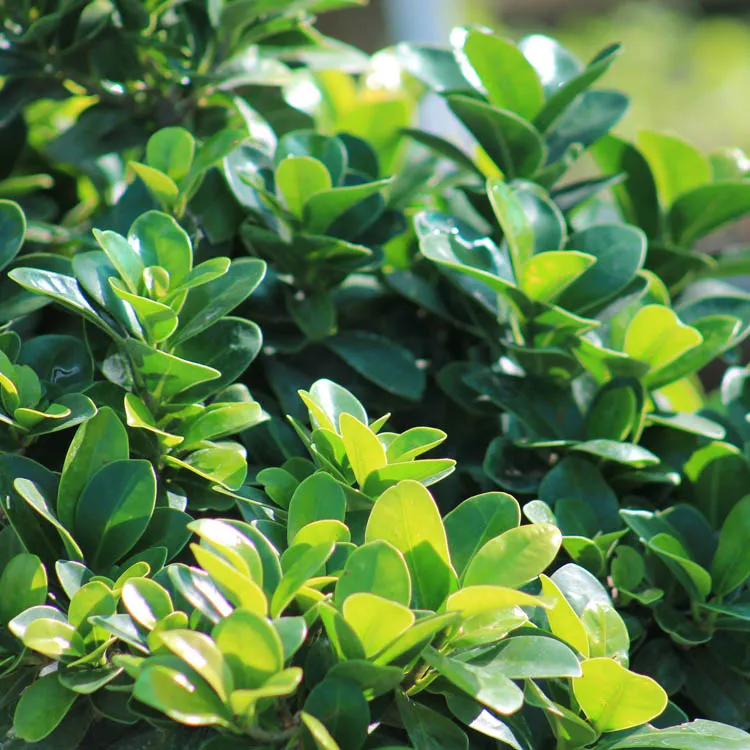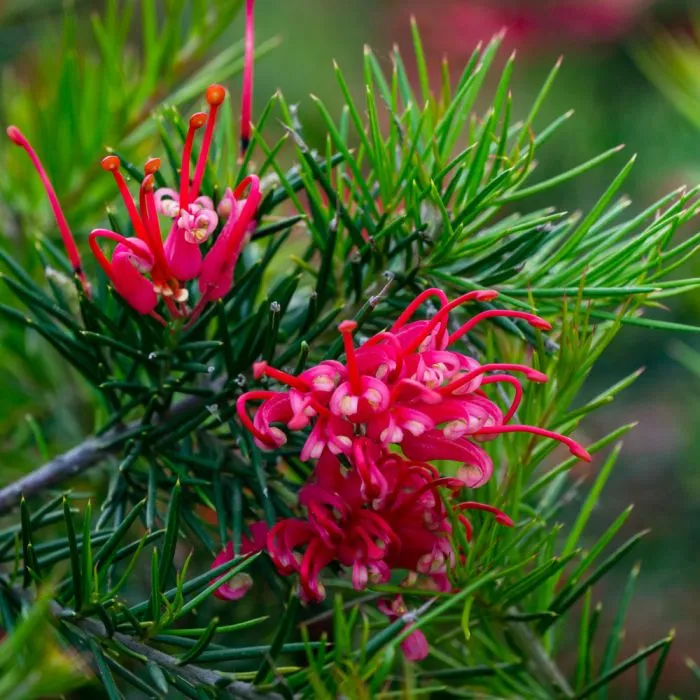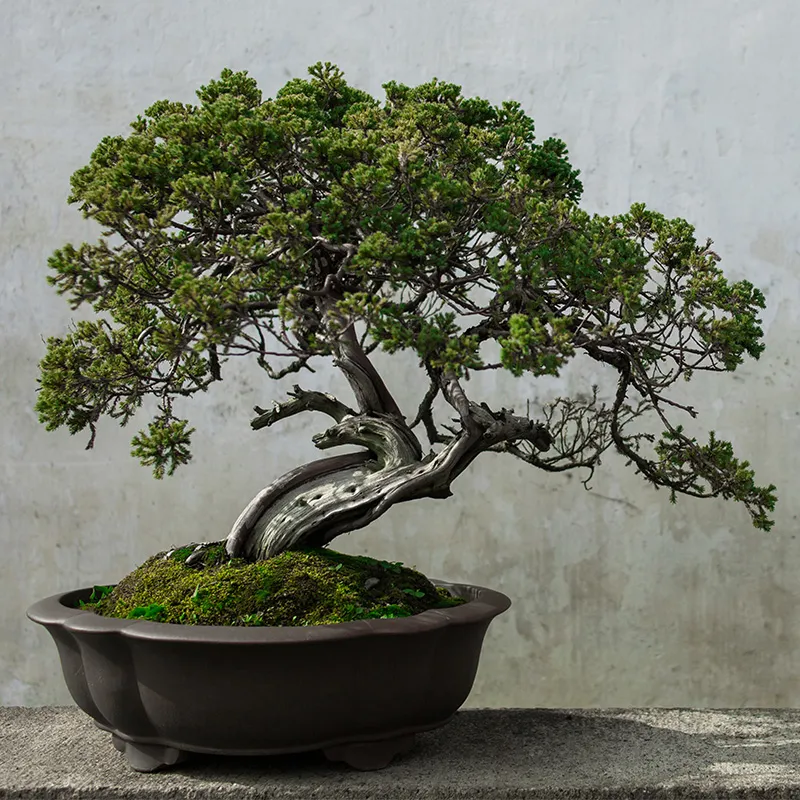Plant, tree and nature lovers often have a lot of preconceptions about the art of bonsai. Many believe that if they keep their small stature, it would be because of the real tortures that would be inflicted on them throughout the years of cultivation. This myth has a hard life, is devoid of any foundation; It's time to break taboos and shine a light on these so-called abusers.
Does a tree have to grow naturally without constraint?
We all have the image of a tree, like this hundred-year-old oak, enthroned majestically in the middle of a meadow. So for many, a tree in its natural state must be a few tens of meters high. Except that it's the vision of someone who lives on the plains.
If you walk in the mountains, you will see trees or shrubs growing on the hillside, their roots plunging into the interstices of the rock in order to draw the water and nutrients it needs. Sometimes they even grow in a small pocket of soil. They have been there for dozens, if not hundreds, of years, sometimes taking on surprising shapes.
For example, there are real bonsai trees in their natural state, which are sometimes taken and then grown in pots; this is called the YAMADORI. As an aside, this Japanese word is often mistranslated as "the way of the mountain", because if YAMA (山) means mountain , DORI does not mean " the way, or the way ", but comes from the verb TORIMASU (採ります) which means to gather. Thus, YAMADORI is simply going to the mountains to collect trees that nature has sometimes taken hundreds of years to create.
Going back to the original topic, a tree can't move to find better conditions. He will have to spend the rest of his life in the same place, he has no other option than to adapt to this environment. And a tree has a tremendous ability to adapt.

Is a tree in the wild healthier than in a pot?
It is easy to believe that a tree more than 10 meters tall that grows in the plains is perfectly healthy, while another that has grown in more difficult conditions, is only 50 centimeters high, would be continuously between life and death. Nothing is less certain.
A plant knows how to adapt to its environment, sometimes by limiting its growth. What makes a tree healthy is not its height. Rather, it is the vigour of its shoots, its foliage, if it blooms, bears fruit.
However, what is certain is that a potted tree will require more care than if it is in the middle of nature. It will need to be watered often, sometimes every day. Too much water is just as detrimental. "Artificially " providing for them is not torture.
If in the wild the trees suffer from drought, frost, pest attacks and diseases, the attentive bonsaika will have constant monitoring. In his hands, a bonsai will often be able to live much longer than in the wild.
Do you torture plants in your garden?
Those who haven't really understood the art of bonsai often remark that we continually prune them in order to keep their size small. It's unnatural, and therefore torture.
So what about hedges that are trimmed at least 2 times a year, geometrically, so that they don't become too imposing? And mow your lawn every week?
To make a nice shape, we position the branches of a bonsai with ligature threads. And that, too, is a despicable torture.
What about fruit trees that are worked in espaliers (or vines that are attached) so that fruit production is greater? When pruning and tying branches is done for aesthetic purposes, it's torture, but when it comes to producing more wine, is it okay?
And what about all those kids who wear braces? Is it torture to leave them with steel wires for years so that they have nice, well-aligned teeth?
Cutting leaves or cutting branches is a bit like cutting your hair or nails. It grows back and that's it.
So there is a double standard in these arguments.
The art of bonsai is inspired by nature, with respect for the trees
The first quality that a bonsaika must have is to cultivate its small potted trees well, to understand how a tree works, its growth cycle. Growing in a pot means being inspired by these trees that grow in very little soil, on the mountainside.
When you love your bonsai, you take care of them, you only want their good, even if sometimes, some shaping techniques can seem confusing to Boeotians. The key word will always be " respect for the tree ".
But, we also sometimes see some bonsaikas that go a little far. Branches that are strongly bent (or even hollowed out to make them more flexible), large ligatures, very severe pruning, in order to "put on a show " during a demonstration and transform a tree into a bonsai in the space of a few hours. How many trees that have undergone these extreme shapes are still alive today?
This is not to blame these people. This is just not our way of doing bonsai. We prefer gentler techniques, a shaping that takes years to complete.
The art of bonsai is not sculpture. We work with a living being and we do everything we can to respect it.
In conclusion, the so-called torture of bonsai is mostly a popular belief, spread by people who didn't really understand what the art of bonsai was. And unfortunately Man has always tended to reject everything he did not understand, often due to a lack of open-mindedness.


 Production of French Bonsai
Production of French Bonsai


